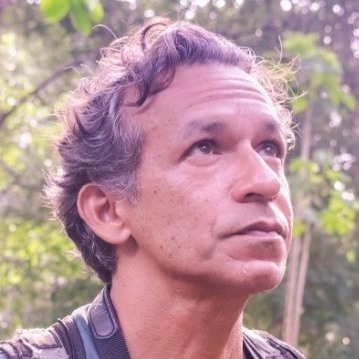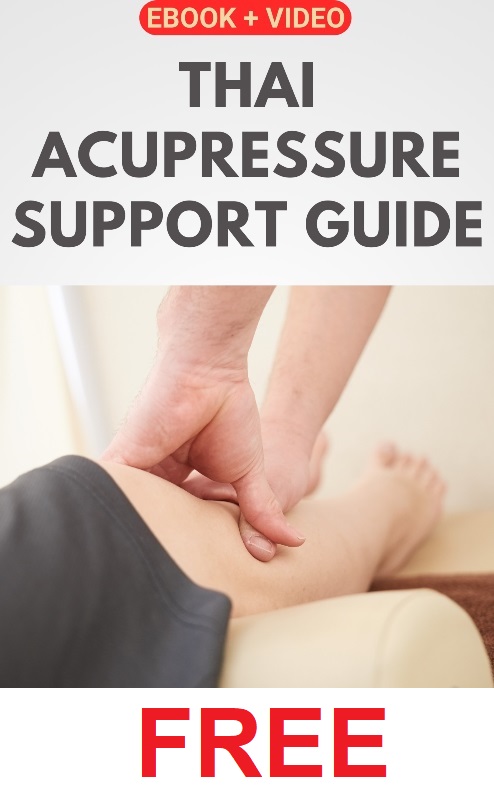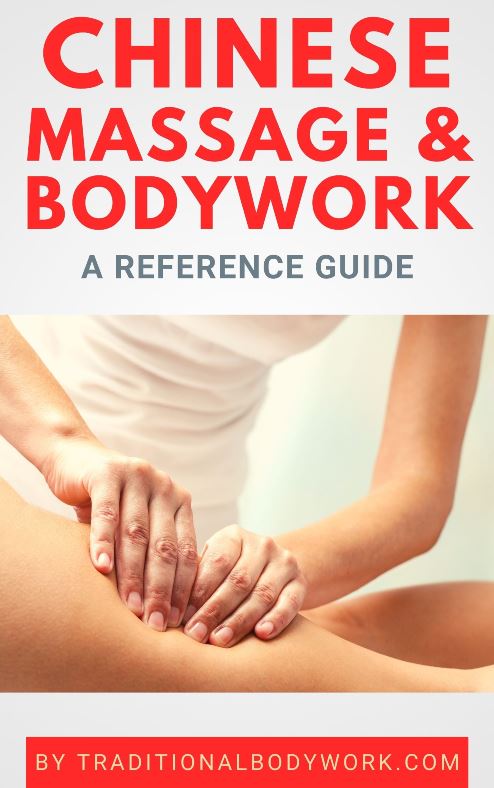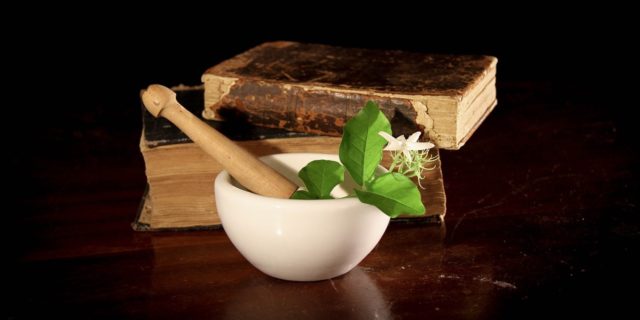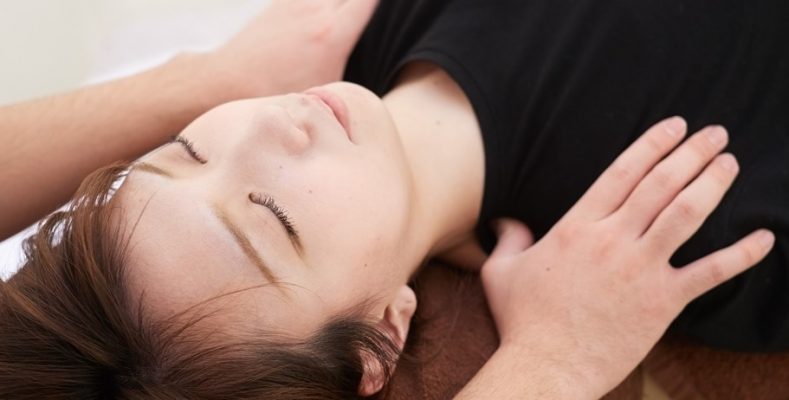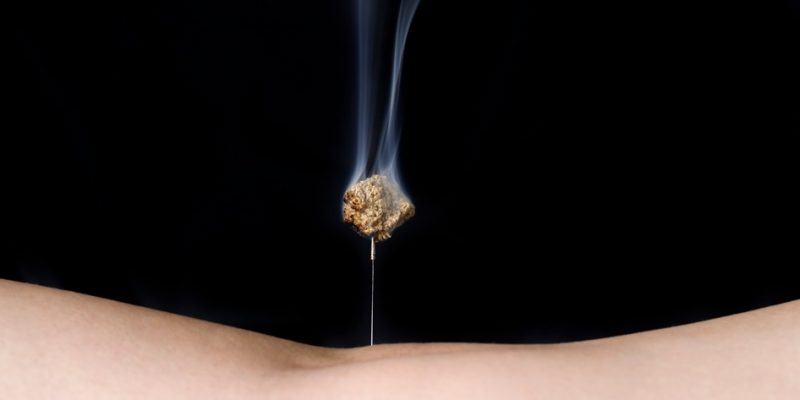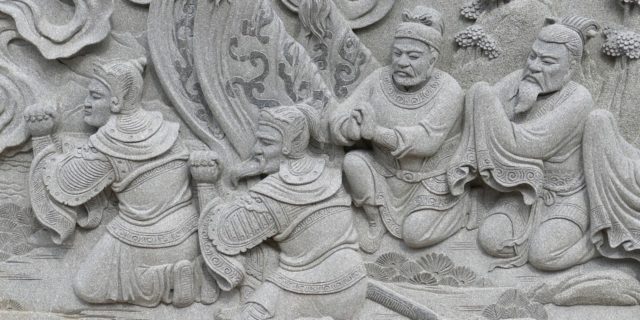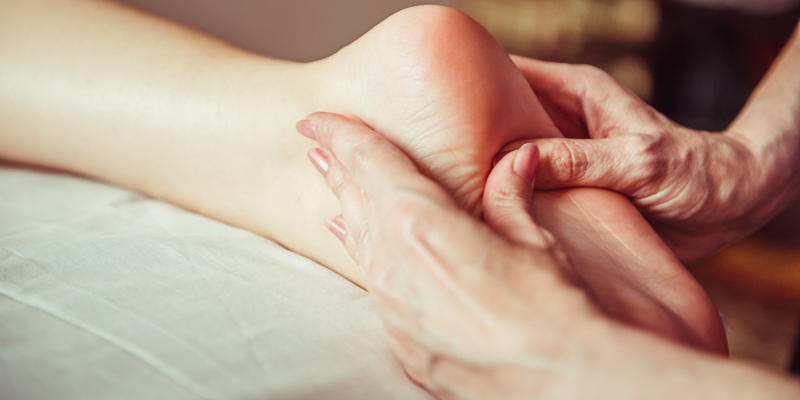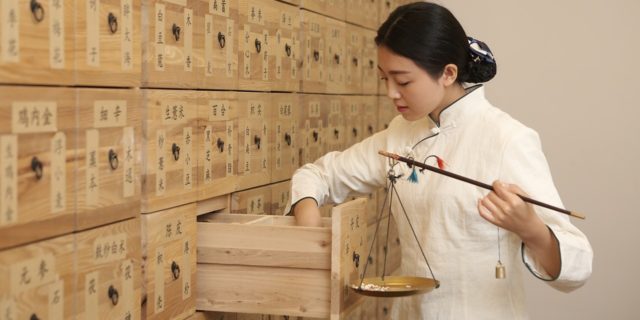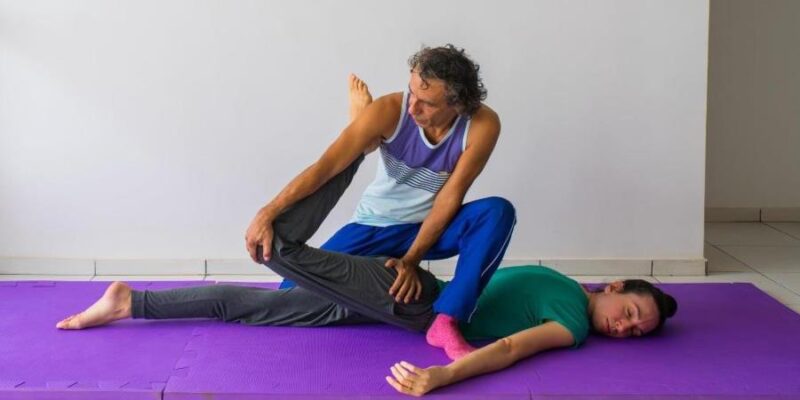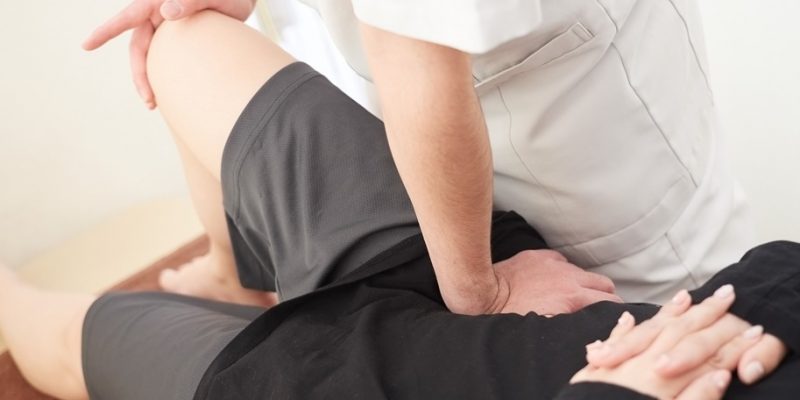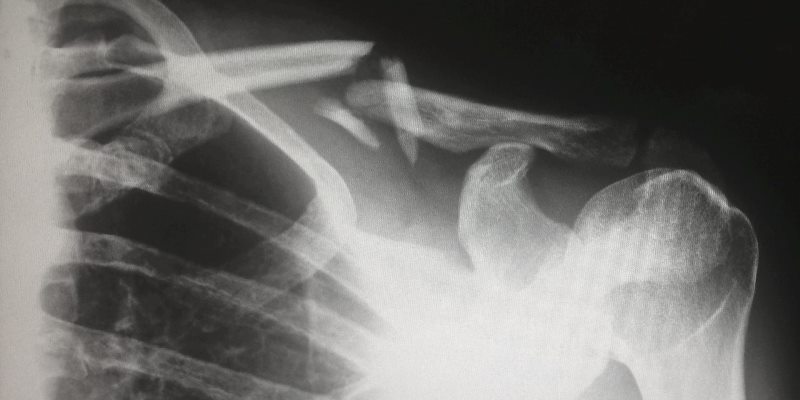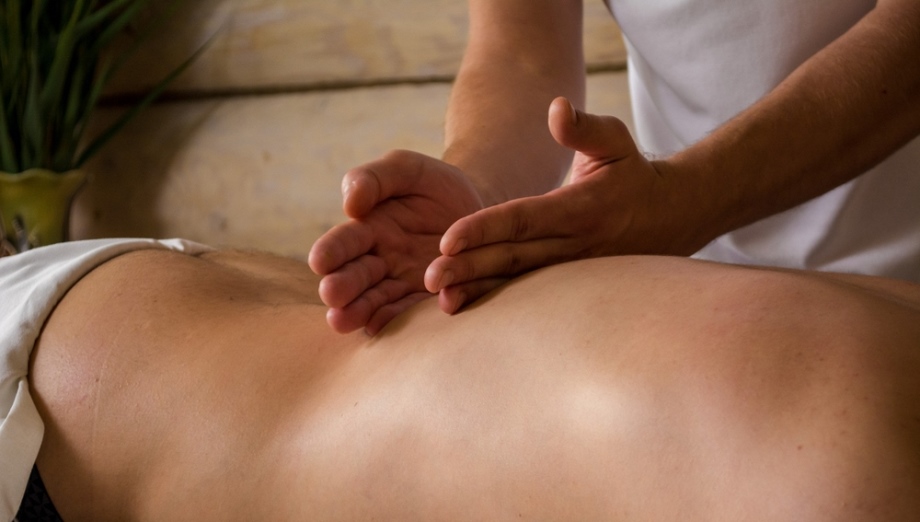
Japanese kampo herbal medicine, massage, and bodywork treatments have been heavily affected by Traditional Chinese Medicine (TCM) concepts, but to claim that the traditional Japanese healing arts are just a derivative of TCM wouldn’t do justice to the unique features of healing modalities found in Japan.
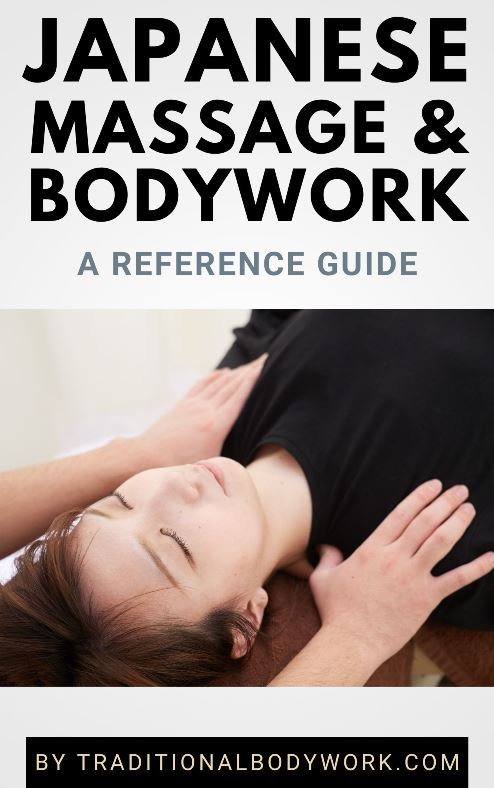
In fact, the influence of TCM knowledge in Japan spread gradually between the 3rd and 8th century CE, but since then 1,500 years have passed, and the Japanese changed and upgraded a range of TCM modalities, many of those profoundly modified by indigenous Japanese elements, local cultural attitudes of calmness, discipline, and purity, Zen Buddhism, Taoism (Daoism), the Shinto religion, and Western Medicine.
Already in the 17th century CE — much earlier than Japan’s surrounding countries — Japan opened its doors for the West and its approaches of practicing medicine, and across the centuries the Japanese people adopted many modern insights and achievements into their own traditional medical system.
After the Second World War in 1945 and the subsequent occupation of Japan by the Americans, the country received even more direct influence from the West, but moreover, the West itself became highly interested in traditional Japanese healing methods and techniques.
The latter resulted in an extensive export of traditional Japanese therapies to the West, of which Shiatsu Massage Therapy is perhaps the most notable type of therapeutic bodywork being fully embraced (and further developed) in many North and South American, and European countries.

